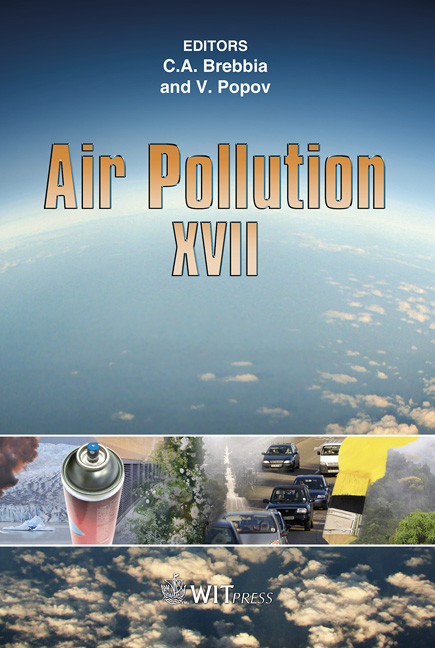Annual Study Of Airborne Pollen In Mexicali, Baja California, Mexico
Price
Free (open access)
Transaction
Volume
123
Pages
10
Page Range
173 - 182
Published
2009
Size
424 kb
Paper DOI
10.2495/AIR090161
Copyright
WIT Press
Author(s)
S. Ahumada-Valdez, M. Quintero-Nuñez, O. R. García-Cueto & R. Venegas
Abstract
The purpose of the study is to present a preliminary survey of the presence of airborne pollen in the air of Mexicali, and to record the most common pollen particles present in its atmosphere. Samples were collected using Rotorod model 40, every 24 hours. The quantitative parameters measured were: diversity, richness, volume, and frequency, as well as its relation with meteorological factors, like average temperature, relative humidity average, and precipitation. The airborne pollen concentration was estimated as 1,973 grains/m3 and 72 taxon pollen were detected outstanding March with 30 pollen types that correspond to 41.6% of the total detected. The pollen types were grouped according to their phenology. In spring a total of 44 types were classified (61%), for summer 23 types were listed (32%); in autumn 40 types appeared (55%), during the winter were identified 39 types (54%). Respect the shrubs 63 grains/m3 was observed in August representing the 24.9%, all equivalent to 3.19% of the annual total. In relation to the weeds, were better observed in September with 295 grains/m3, representing 30.87% of this group, equivalent to 14.95%, of the annual total. The most abundant group with greater biological diversity was the trees with a bulk that fluctuated between 103 to 146 grains/m3 and richness identified with 32 pollen types. The Pearson correlation analysis demonstrated pollen grains do not have a significant linear association with the mean monthly temperature, but they have it, with the maximum relative humidity. Keywords: aerobiological survey, airborne pollen, allergenic particles, Mexicali.
Keywords
aerobiological survey, airborne pollen, allergenic particles, Mexicali





